From Socrates to Steve Jobs: The Centuries-Long Transformation of Education and Technology
Discover the evolution of education and technology from Socrates to Steve Jobs, covering pivotal innovations, leaders' visions, and digital advancements.
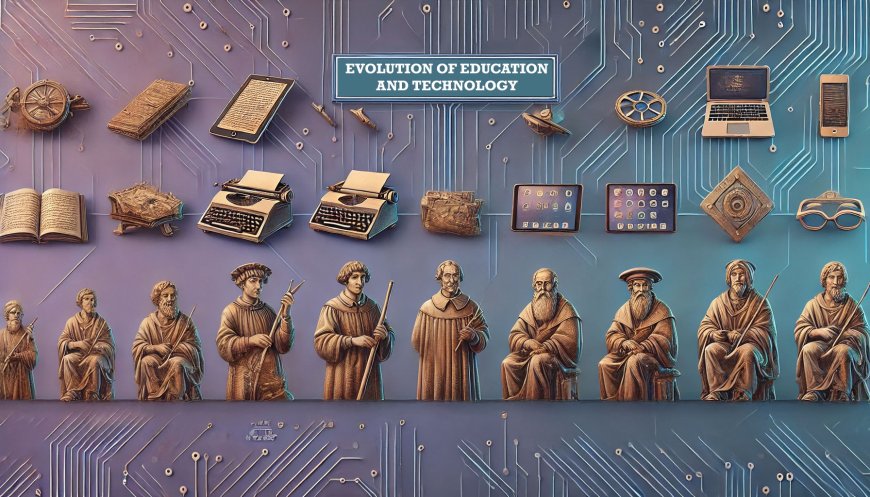
The relationship between education and technology is a deep-rooted connection that extends to the earliest periods of human history. With every new technological advancement, methods of communication and knowledge transfer have transformed, profoundly influencing educational practices. Discussions on the necessity and impact of technology in education can be traced back as far as 2,500 years. Throughout history, prominent leaders and thinkers have emphasized the opportunities provided by technology for the development of education, shaping their visions around this concept.
This article will explore the development of technology in education from ancient times to the modern digital age, key milestones, and the perspectives of various historical figures—including Fatih Sultan Mehmet, Benjamin Franklin, Mustafa Kemal Atatürk, Nelson Mandela, and Steve Jobs—on education and technology within their respective historical contexts.
All information and citations are supported by academic and reliable sources.
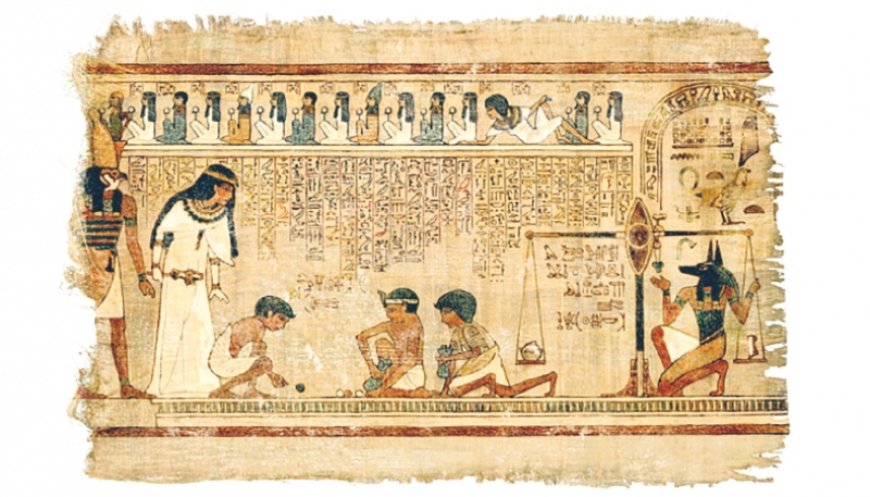
From Antiquity to the Invention of Writing
In early societies, education was primarily based on oral culture. Knowledge was transferred from generation to generation through memorization, with stories, epics, and proverbs serving as educational tools. The invention of writing revolutionized this oral tradition. Around the 4th millennium BCE, the Sumerians developed writing, making it possible to permanently record and transmit information over long distances.
However, even in ancient times, some were critical of new technologies. The renowned Greek philosopher Socrates, as recorded by Plato, was skeptical of writing. According to Plato’s dialogues, Socrates reprimanded his student Phaedrus for memorizing written texts, fearing that reliance on written words would weaken memory and diminish wisdom. He believed that dependence on written records overshadowed the vitality of oral storytelling.
Despite such concerns, writing allowed thoughts to be preserved in structured, detailed arguments, enabling deeper analysis and intellectual discourse beyond the limitations of oral narration. By the late ancient period, the accumulation of written records led to the establishment of libraries and academies. The Library of Alexandria, founded in the 3rd century BCE, housed thousands of scrolls, serving as the greatest knowledge repository of its time. Similarly, institutions like Aristotle’s Lyceum and Plato’s Academy pioneered the use of written texts in education. These developments marked the first instances of integrating technological innovation—writing and books—into education.
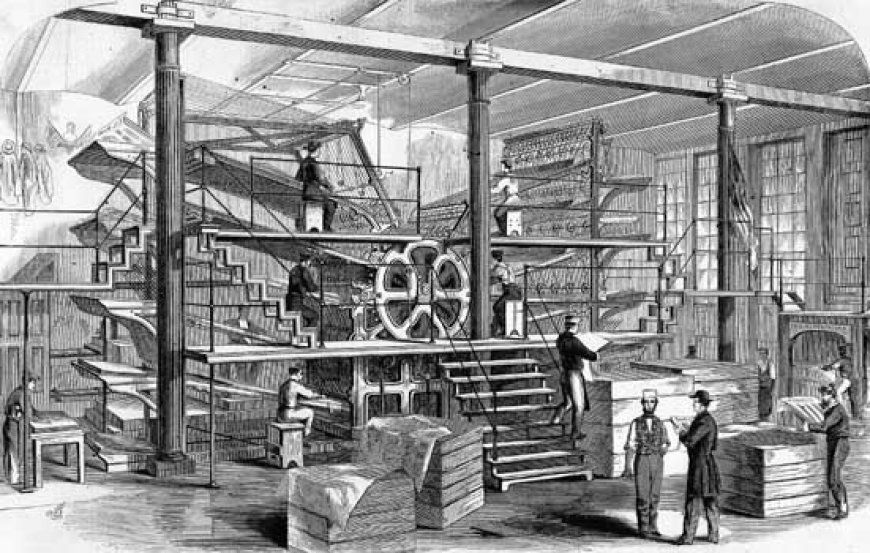
From Manuscripts to the Printing Press
Throughout the Middle Ages, handwritten manuscripts were the primary medium for education and knowledge dissemination. Monastic schools and madrasas painstakingly copied manuscripts, forming the foundation of learning. However, literacy remained largely restricted to clergy and the elite. Despite these limitations, institutions like the House of Wisdom (Bayt al-Hikma) in the Islamic world translated and advanced ancient works in fields such as mathematics and astronomy. By the late Middle Ages, the concept of universities emerged, with the founding of institutions like Bologna (1088), Paris (1200s), and Oxford, formalizing education on a larger scale.
The 15th century witnessed a groundbreaking technological advancement: Johannes Gutenberg’s printing press (circa 1450). This invention was perhaps the most significant milestone in educational history. As Tony Bates notes, “The invention of the printing press in 15th-century Europe was truly a disruptive technology,” as it significantly increased access to written knowledge, much like the internet does today.
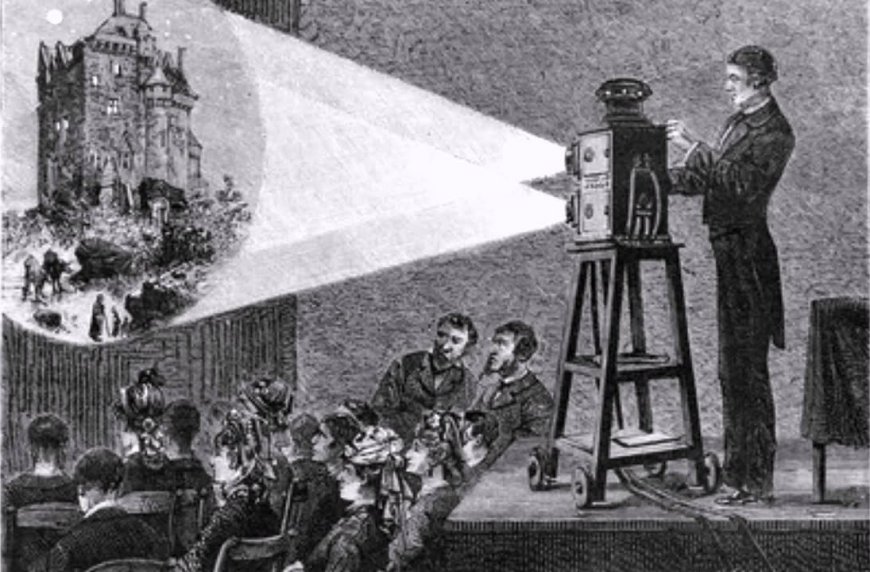
With the advent of mechanical printing, books proliferated rapidly, fostering literacy and expanding access to information. The printing press played a critical role in the rise of the Renaissance and the Enlightenment, replacing superstitions and dogmas with reason and scientific thought.
Even before the arrival of the printing press in the Ottoman Empire, Fatih Sultan Mehmet, known for his appreciation of science and technology, transformed Istanbul into a center of learning after its conquest in 1453. He established the Sahn-ı Seman Madrasahs, where subjects such as physics, chemistry, mathematics, and especially astronomy were taught at a level comparable to modern universities. Fatih Sultan Mehmet also personally designed and commissioned the casting of massive cannons, demonstrating his ability to integrate technological advancements into both education and military strategy.
The 20th Century: Modernization and Educational Reform
The 20th century saw national educational reforms led by visionary leaders. Mustafa Kemal Atatürk, founder of the Republic of Turkey, made education and scientific advancement the cornerstone of national progress. Atatürk launched sweeping reforms, including the adoption of the Latin alphabet in 1928, which drastically improved literacy rates. Within a decade, literacy rose from 9% to 33% in Turkey. Atatürk believed that science and education were the only true guides for progress, famously stating, “Science is the only true guide in life.”
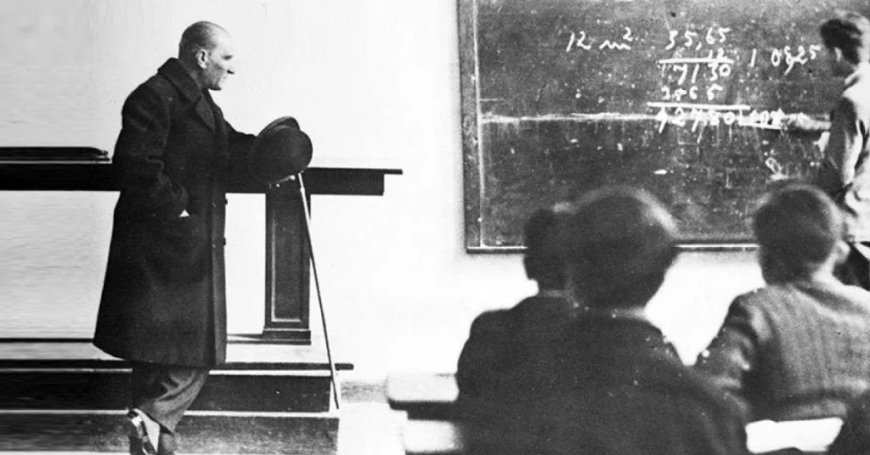
Atatürk also unified the Turkish education system under secular institutions through the 1924 Law on the Unification of Education (Tevhid-i Tedrisat). His reforms promoted coeducation, ensuring equal educational opportunities for women. Additionally, he sent Turkish students abroad to study modern sciences and invited European scholars to teach in Turkey, strengthening the country’s academic institutions.
Nelson Mandela similarly emphasized education as a tool for social change, stating, “Education is the most powerful weapon which you can use to change the world.” Under his leadership, South Africa invested in expanding educational access and integrating technology into schools to bridge the digital divide.

The Digital Age: New Frontiers in Education
The late 20th and early 21st centuries have seen the rapid digitization of education. The internet, personal computers, and later mobile devices have made learning more accessible than ever. The rise of e-learning platforms, open educational resources (OER), and Massive Open Online Courses (MOOCs) has democratized education on a global scale.
Technology leaders like Steve Jobs strongly advocated for integrating computing into education. He once stated, “I think everybody in this country should learn how to program a computer because it teaches you how to think.” Jobs viewed computers as tools that amplify human intelligence, emphasizing their role in education.
References:
Tony Bates, A Short History of Educational Technology Purdue University College of Education, The Evolution of Technology in the Classroom Encyclopædia Britannica, Nelson Mandela Quotes Borgen Project, Top Nine Nelson Mandela Quotes About Education Atatürk Scholarship, About Atatürk – Atatürk on Education University of Pennsylvania Archives, Benjamin Franklin’s Proposals… (1749) History Oasis, Benjamin Franklin’s Quotes on Education Luke Wroblewski, Quotes from Steve Jobs’ 1995 “Lost Interview” Sameer Bajaj, Steve Jobs Lost Interview (1995) Transcript
This webpage and all its contents are protected under copyright laws. Unauthorized copying, distribution, or reproduction in any form is strictly prohibited. All rights reserved, and prior written permission is required for any use.